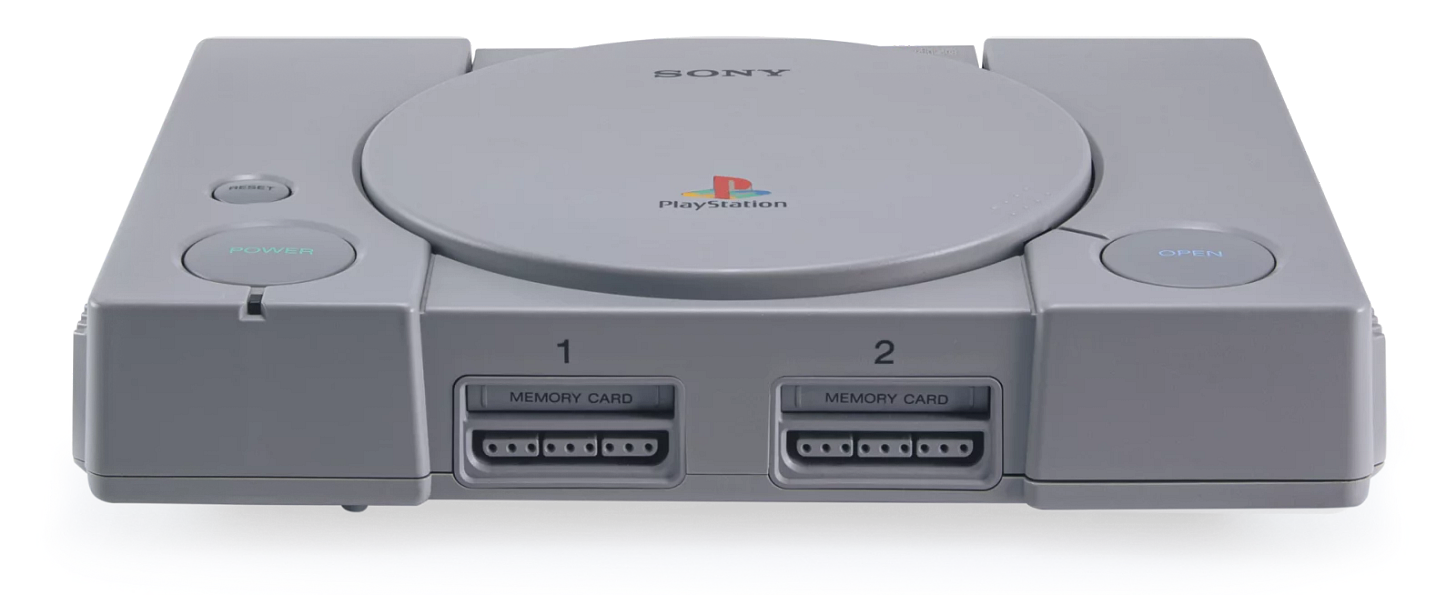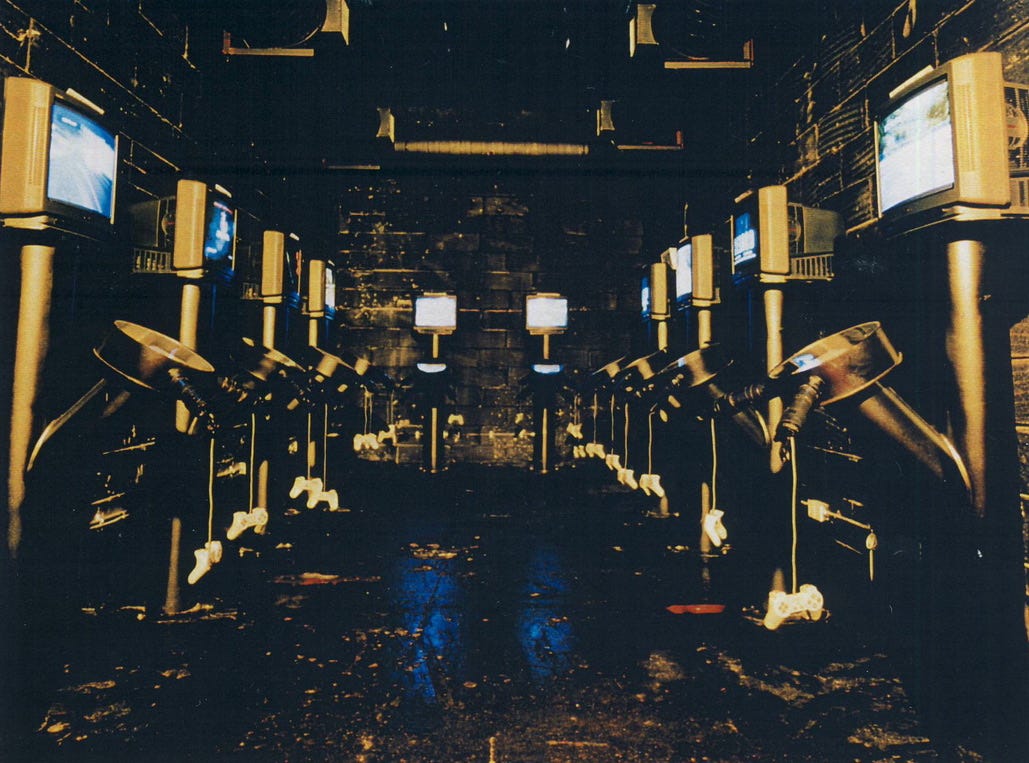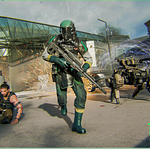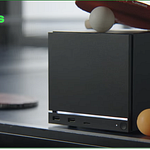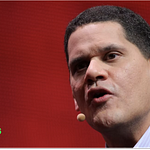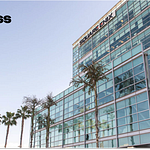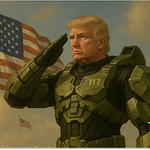Listen now on Apple, Spotify or YouTube
In This Edition
PlayStation legends on…
- Beating Sega and Nintendo
- Controversial marketing
- The importance of Psygnosis
- Nearly acquiring Bullfrog… and FIFA
Hello!
PS1 was released in Europe 30 years ago, and Sony quickly became the dominant power across the continent… a position it still holds to this day.
Last month, we went to an unofficial celebration of the PS1 European launch featuring a number of PlayStation legends, including the likes of Chris Deering, Jim Ryan, Martin Alltimes, Juan Montes, Geoff Glendenning, and many more.
And we spoke to them! You can watch the interviews above, and we’ve selected some of the key stories from our conversations below.
Paid subscribers to The Game Business can also receive extra content, with over 30 minutes of additional interview answers and speeches. To get these deleted scenes, simply click here (paid subscribers only)
PlayStation won Europe by thinking locally
When PS1 launched in Europe on September 29, 1995, it immediately became the market leading console. It displaced Sega and Nintendo, and PlayStation continues to be No.1 to this day.
Chris Deering, who led PlayStation in Europe in the 1990s and early 2000s, always believed the market could be a major one for Sony.
“Nintendo and Sega had been using distributors, and they didn’t have a consistent marketing or communications strategy,” he said. “So, I told [my bosses] I think we can be as big as the US in Europe.”
Deering began by setting up local, on-the-ground teams across the continent. And the man tasked with delivering that was International Finance Officer, and future PlayStation leader, Jim Ryan.
“My job was to form companies, find dedicated PlayStation offices, hire more people, set-up systems, processes…” Ryan said. This included, in one instance, going to IKEA and buying the furniture.
“We had presence in UK, France, Germany, Italy, Spain, Benelux, Austria, Switzerland, Ireland, Scandinavia… the list goes on and on, and nobody else had that to that degree at the time.”
He added: “We paid attention to Europe in a way that I don’t think any of the incumbents did at the time. Even with practical things like localization.
“Our marketing seemed to resonate. A lot of the marketing that other people had done was simply an extrapolation of a global campaign. Our campaigns were developed in Europe for the European audience.”
PlayStation also had dedicated developer support in each market.
“For Sega and Nintendo, [game developers] had to go to Japan and you had to have people who could speak Japanese,” explained senior producer Martin Alltimes. “We had development support in every territory.
“Also, we didn’t say no to things. We had third-party approvals, but that was largely to do with maintaining standards in terms of packaging and making sure that the products could pass QA. In terms of the actual content, we weren’t restrictive.”
“We didn’t say no to things. In terms of the actual content, we weren’t restrictive.”
- Martin Alltimes
PS1 actually launched 20 days late
The first PlayStation arrived in Europe on September 29, but that wasn’t the plan.
“When we started, the original planned date was September 9, the same day as the US” Deering said. “We got down to the final wire, and there were understandable little snags in terms of the PAL systems. And some of the games were a little bit late, and we were just setting up the distribution in all these countries. So, we ended up delaying by 20 days.
“That wasn’t really too bad considering. I remember it like it was yesterday. We went down on Kingly Street to a little place called the Two Floors, which is still there. And we had a little celebration. It wasn’t a big blast of a party. That was how it started.”
PlayStation father Ken Kutaragi was frustrated by Europe’s ‘inefficiency’
Despite PlayStation’s European success, CEO Ken Kutaragi found it a frustrating market to deal with.
“He struggled to understand some of it,” Ryan recalled. “But at the end of the day, he was a very smart guy and he just looked at the results and realized what we were doing relative to the others at the time.
“The nature of Europe is that it’s different and a bit inefficient. It was even more inefficient in 1995, with different currencies, different VAT… on and on the list went. It was tough then.”
Sony almost acquired Bullfrog…
We asked all our speakers to tell us something about the early days of PlayStation that not many people would know. And one answer that caught me off guard was just how close the company was to buying Theme Park and Populous developer Bullfrog.
“One of the best kept secrets is we almost bought Bullfrog, Peter Molyneux’s company,” shared Martin Alltimes.
“One of the producers, who was a friend of Peter’s… I remember sitting opposite him when he was having his phone call. Peter pitched Dungeon Keeper, a game that never came out called The Indestructibles, and another thing. At the end of it, we decided that it was easier and cheaper to buy them and that’s how they ended up being bought by EA.”
Alltimes predicted that Bullfrog managing director Les Edgar immediately called up EA, which the studio already had a relationship with, to see if EA would make a counter offer.
“[EA] didn’t want to miss out. They just literally launched Theme Park [together] as well, which I think was Peter’s fourth or fifth hit in a row.”
… and the FIFA licence
Hot on the heels of the Bullfrog revelation came another surprise. PlayStation’s internal teams were working on a football game, and held talks to secure the FIFA licence.
“We were creating a football game at the time,” revealed Juan Montes, who was VP of Software development at PlayStation between 1994 and 2000.
“The technology was there, it was pretty good, and we were very close to getting the FIFA license. Very, very close.
“But in the end, we decided not to pursue it [in order to have] a good relationship with a third-party. But we were very close to being in that space.”
In the end, Montes and his team did launch a football game in the form of This is Football and This is Football 2. Both games were also endorsed by FIFPRo, which meant they did include some real players and real stadiums from across Europe.
UK PlayStation marketing went to ‘dangerous places’
PlayStation’s marketing was a bit edgy globally, but in the UK it really went underground. The marketing team, led by Geoff Glendenning, saw PlayStation consoles installed into 52 nightclubs, and they even handed out flyers at clubs, which could be used as roaches (for drug taking).
“We had people taking one, going away, coming back and grabbing handfuls to give to their mates,” Glendenning said. “That was a little bit of a tongue-in-cheek nod that Sony was a bit unconventional.”
Glendenning’s team would give PlayStation consoles to ‘cool’ people in the underground scene, including DJs.
“We didn’t pay for any endorsement,” he said. “We had a culturally connected team. We built relationships that said, ‘how can we work with you and support you, and not just stick a logo here like a corporation’. We were actively looking to support culture, not hijack it.”
He added: “I wanted to make games f***** cool. I was clubbing at the time. I was cynical about the over-reliance on mass media to create brands.”
“I’m pretty sure that we were doing a whole series of activities that corporately were probably not really being signed off”
- Glen O’Connell, Psygnosis
Glen O’Connell, who led PR at Psygnosis, continued: “[We were] taking games into places that were almost quite dangerous… such as nightclubs where it could be associated with alcohol, drug taking… anything.
“I’m pretty sure that we were doing a whole series of events and activities that corporately were probably not really being signed off. And maybe wouldn’t be signed off today. The danger of taking gaming into these places was almost a thrill.”
He continued: “We believed in what we were doing and these were the places we went to anyway. We didn’t see the danger.”
So how did they get away with this activity? Glendenning says this came down to the support of Chris Deering.
“I wasn’t afraid to be adventuresome,” Deering said. “I wasn’t afraid to be challenging. But I didn’t want it to look to parents like it was not for all ages, and it was not for the girls as well as the boys.”
Namco had to tweak some of Sony’s marketing pitches

Glendenning didn’t get it all his own way, and some of the ideas coming out of PlayStation Europe didn’t entirely gel with some of the Japanese studios.
“The marketing worked very well in Europe, but it took a lot of convincing for Namco Japan to realize that the market was quite different from Japan,” reveals Jackie Plumridge, who handled Namco’s PS1 titles, including Tekken and Ridge Racer.
“Namco was a bit more conservative. So, sometimes we had to tweak things that Sony presented to us because they weren’t going to be suitable for Head Office. Sometimes there was a bit of compromise.”
Psygnosis and Wipeout played a major role for PlayStation in Europe
PlayStation had experts on the ground and a relevant marketing strategy, but all of that wouldn’t have mattered if the games weren’t there.
“Games like Tomb Raider and Resident Evil were really [key],” Jim Ryan said. “It’s one thing to have a marketing aspiration to appeal to 15 to 25-year-olds. It’s another thing to have real substance behind that.”
Also key to that substance was Sony’s Psygnosis team, and particularly its flagship game Wipeout.
“I don’t think you could underestimate the influence on the brand of Wipeout,” said Alltimes. “It was a cool game.”
Former PlayStation PR head Alan Welsman added: “Without Psygnosis, it would be very difficult to see how PlayStation would’ve understood the market for video games correctly. Because Sony was a hardware business and Psygnosis, with Jonathan [Ellis] and Ian [Hetherington] who ran it, were a software business.”
Psygnosis’ O’Connell added: “The people who were making the games [at Psygnosis]… this is what they lived and breathed. They listened to this music, wore the fashion, went to clubs, were interested in gaming, probably had grown up playing 16-bit consoles, but had this passion for making games for themselves and people like themselves.”
… but there was friction between Sony and Psygnosis over Wipeout 64
Psygnosis’ slightly rebellious, independent nature did create friction between the developer and its parent company. And an example of that is when Psygnosis decided to make a Nintendo 64 version of Wipeout.
“Yeah, let’s talk about that. What was Psygnosis doing on the N64? Traitors,” laughed Welsman.
O’Connell added: “Psygnosis, whilst very much aligned alongside Sony, ran as an autonomous company. That was down to the founders. They loved the Psygnosis independent spirit. So, we carried on making games on other platforms. The first two Wipeouts principally were on PlayStation, but they appeared on the Sega Saturn, which I don’t think was an issue for Sony.
“But certainly, at one of the E3s when it appeared on Nintendo… it just arrived on the booth. And there were some faces that were going… what’s going on here? That was down to Psygnosis managing to retain an autonomy to make the games they wanted. But… that maverick spirit perhaps created some challenges later on within the wider Sony group.”
Check out the extended bits!
Like that? Want to hear more? Paid subscribers can receive over 30 minutes of extra footage featuring Chris Deering, Jim Ryan, Martin Alltimes, Juan Montes, Jackie Plumeridge, Glen O’Connell, Alan Welsman and Geoff Glendenning! Plus speeches from the special anniversary event. Check it out through here.




